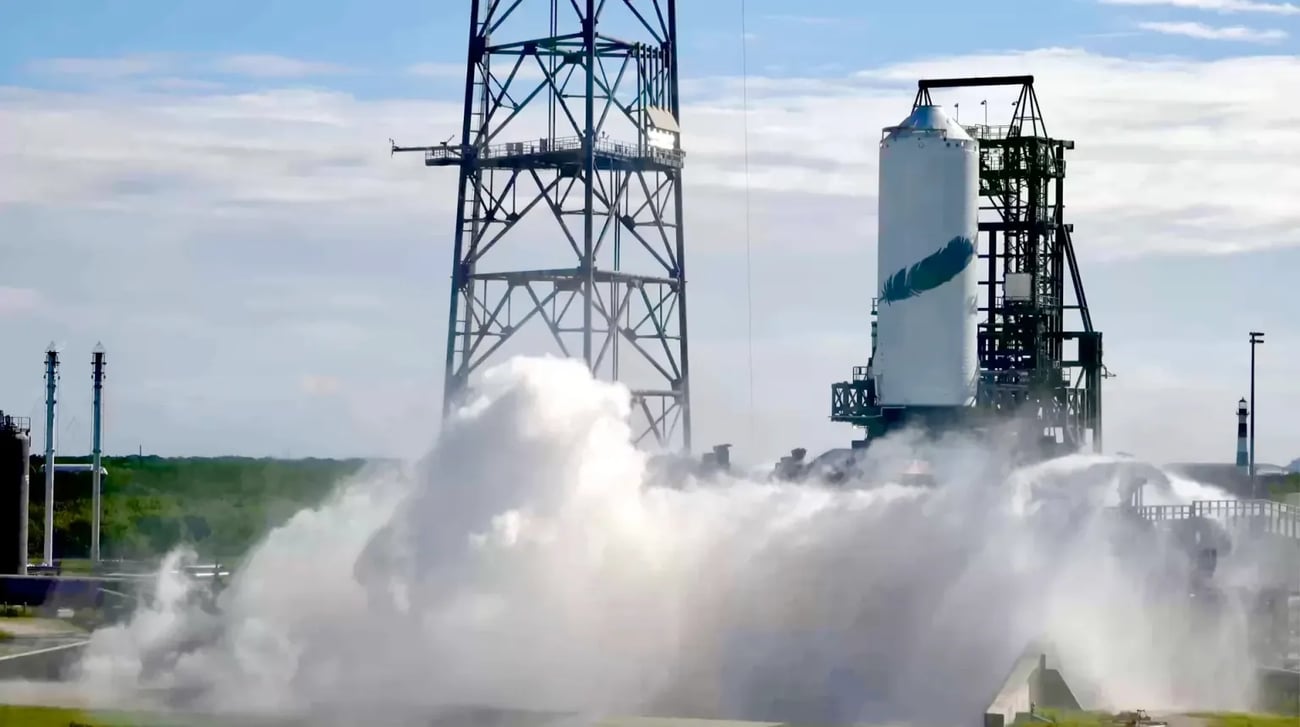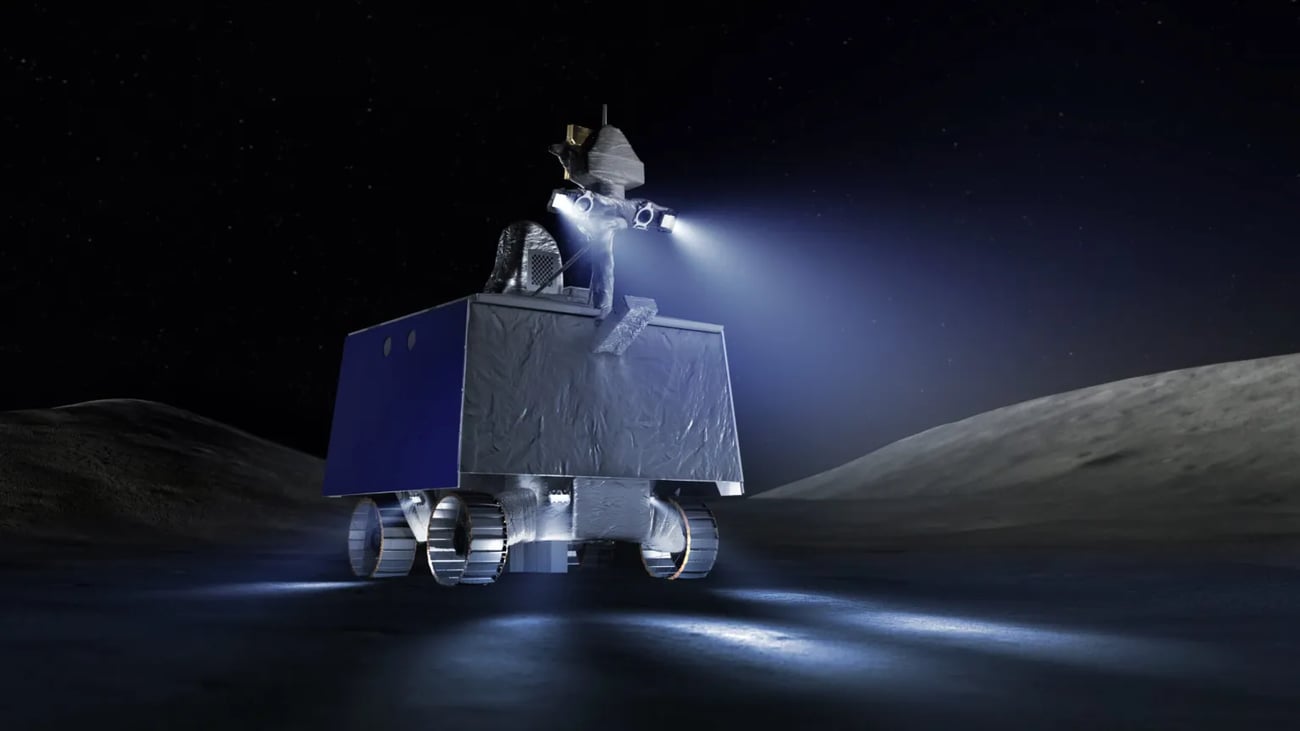Accelerate Space Tech Development
The Engineer's Guide to 7 Space Tech Trends |  | New Engineering Strategies for Space Tech |
|
| Hi Astronomy,
Shorter development cycles are one of seven trends pushing space engineers to the limit.
A staggering 43% of space tech decision-makers cite this as their top challenge. But the pressure doesn't stop there. From advanced ground systems to non-terrestrial networks and SATCOM cybersecurity, the space industry is undergoing rapid transformation.
A new eBook from Keysight provides an in-depth look at the key trends reshaping the space tech landscape. Discover cutting-edge design and test strategies to deliver space-ready technologies faster.
Get the eBook today.
|
|
| | | This email was sent to generalastronomy110.stnirp@blogger.com
You are receiving because you have signed up for our service. If you wish to no longer receive emails from us you can unsubscribe. SpaceNews, 100 Fillmore Street, 5th Floor, Denver, CO 80206, United States |
|
|
|
|



















